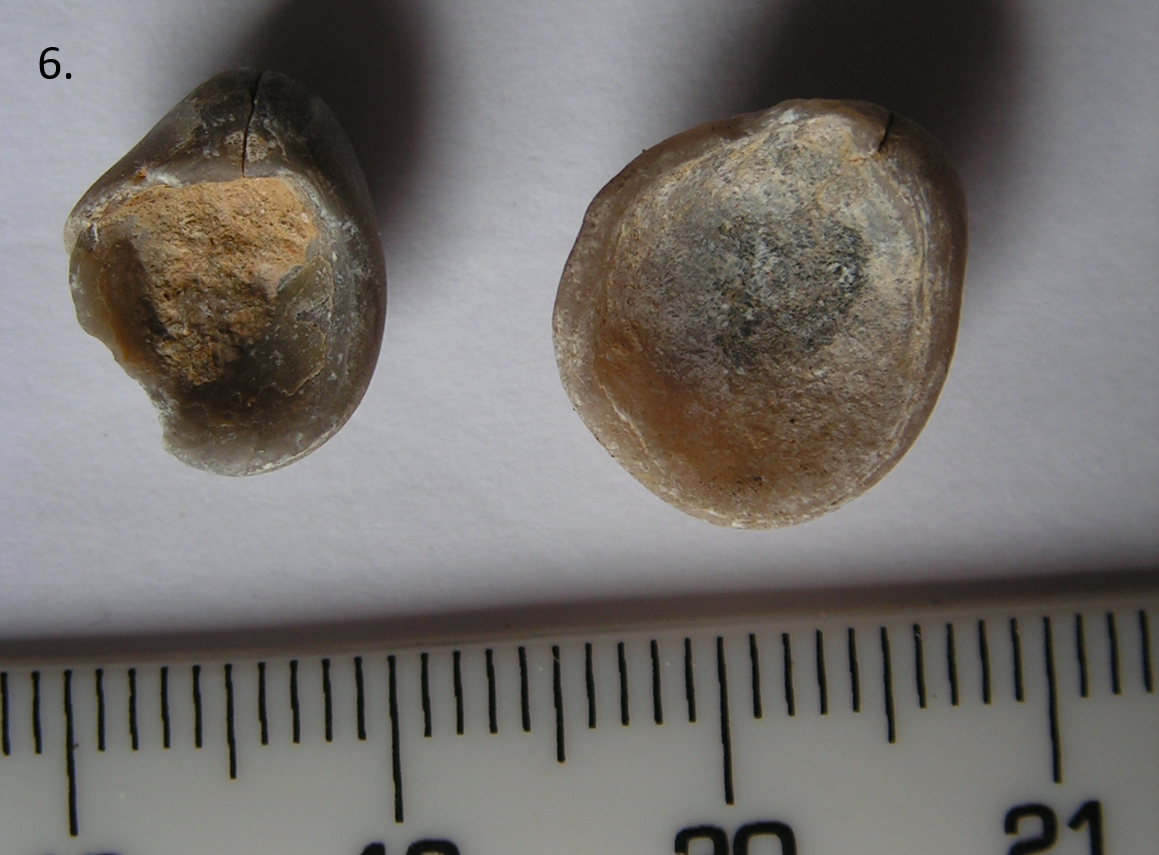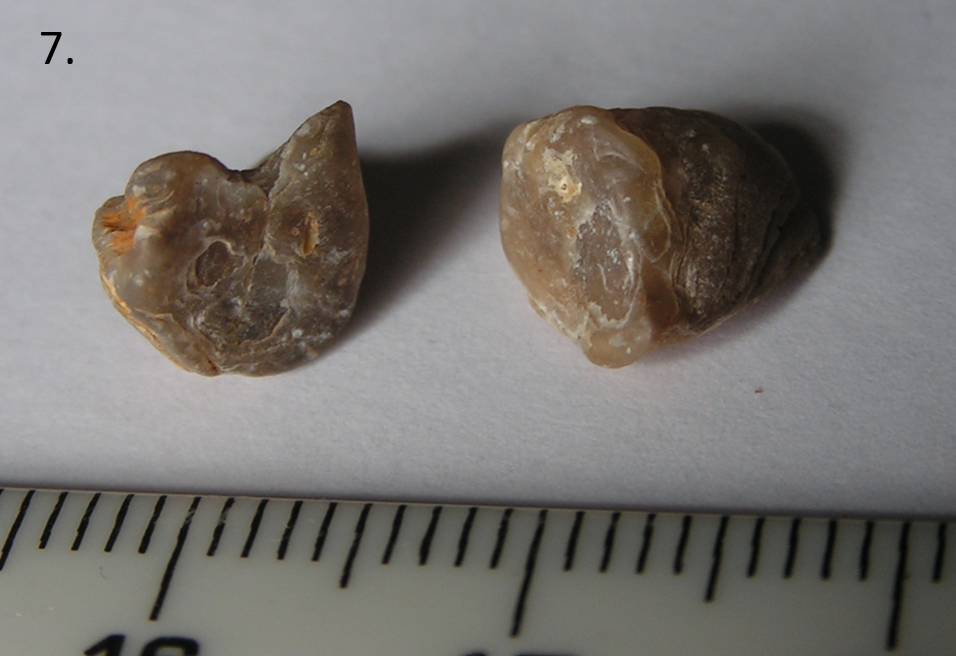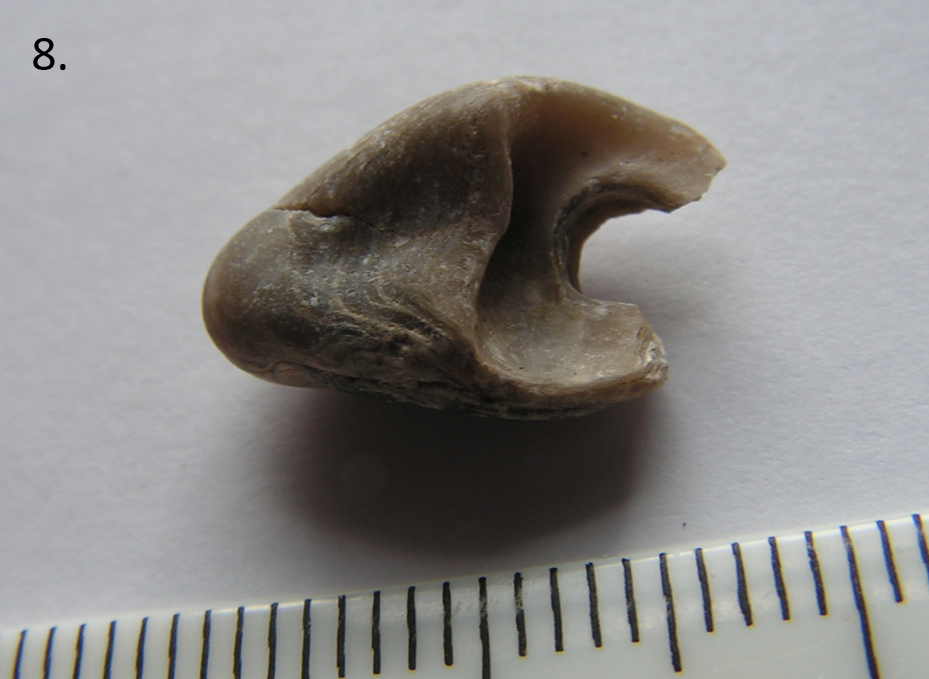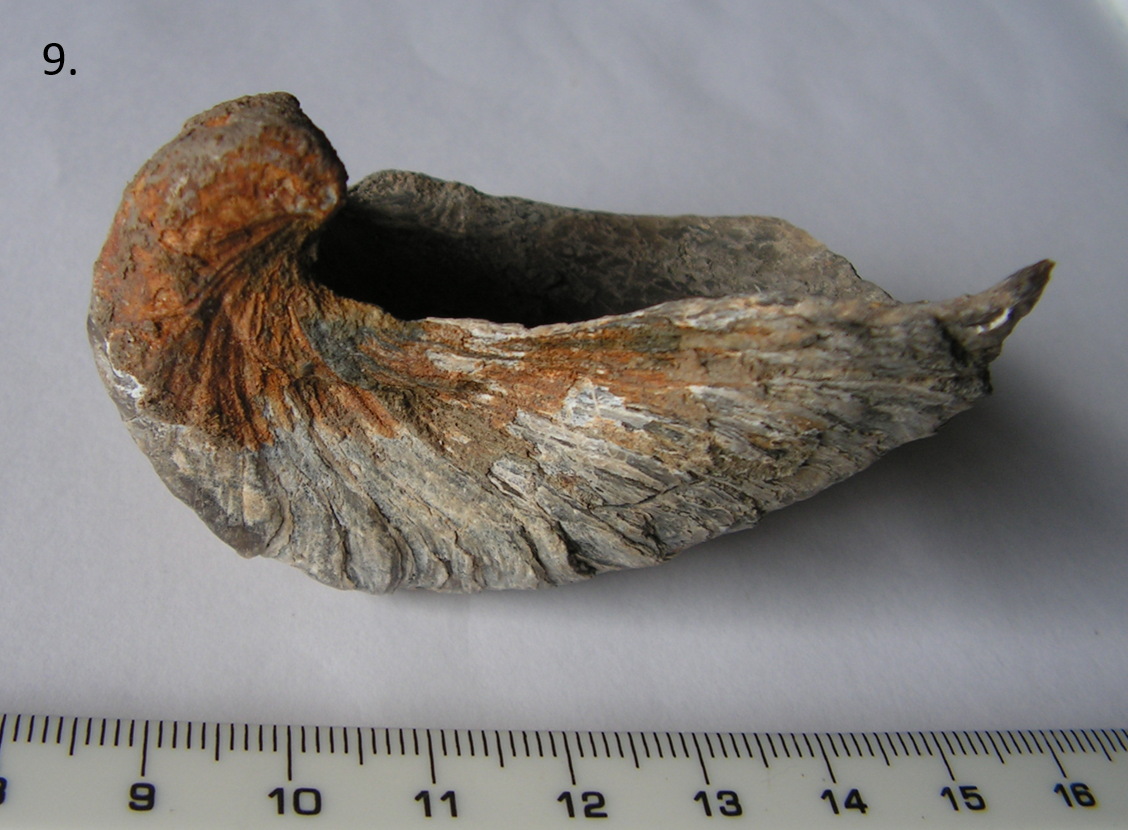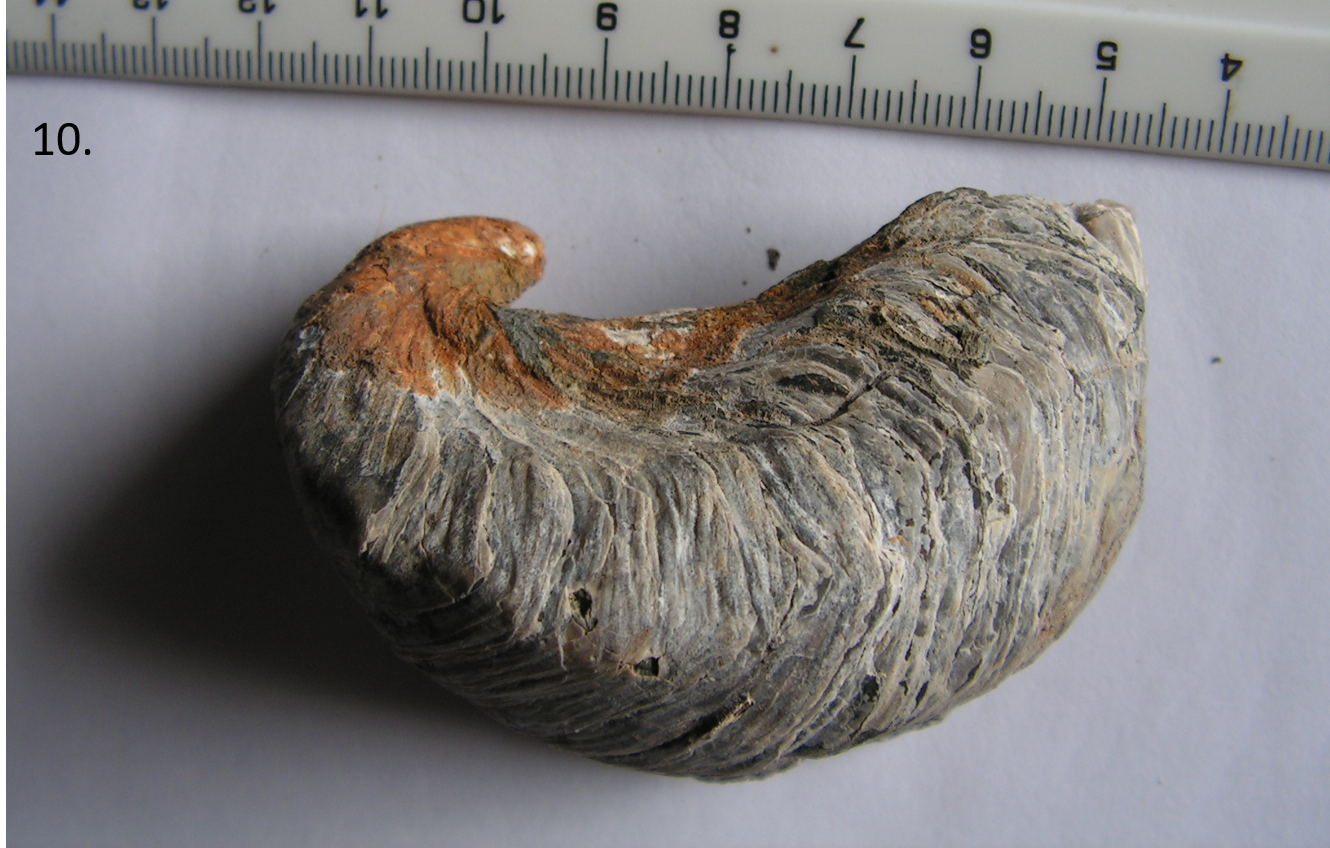Fossils on your doorstep … or rather your driveway?
Under normal times, if any of us can quite recall what that was like, my partner and I would regularly visit the Coast to prospect for fossils. Over the years we have amassed a sizable collection that spans the breadth of the geological column, although we have a particular fondness of the Lower Jurassic of Yorkshire. Despite our cabinets groaning under the weight of specimens we are always keen to make new discoveries. However, with the national lockdown we have been unable to get out to the coast to prospect for fossils.
Strangely, we have still been able to find fossils, on our doorstep… or rather our driveway! Over the winter the shared driveway to the rear of our house began to resemble the Great Grimpen Mire from the Hound of the Baskervilles and so our neighbours laid down some gravel. It was this unassuming gravel that proved to be the remedy for our fossil prospecting woes. The gravel is predominantly flint and branded as “Golden Gravel”, but unfortunately I was unable to track the source of the material to a specific locality. The fossils that can be found within it are small, usually broken and rather rumbled, but some of them are quite nice and recognisable.
Some of the most common finds are belemnites. The first image below shows some of the examples found in the gravel driveway and features a cross-section with growth lines nicely preserved and a section along the alveolus – where the chambered phragmocone slots into the rostrum. The second and third images are complete, comparable specimens collected previously from the Lower Cretaceous Speeton Clay Formation.
The thick shells of Ostreidae (oysters) are another common find and although broken there are some interesting features, including muscle scars on the smaller and thinner right valve (image 4). There are also numerous umbones (the ‘beak’ of the bivalve) beautifully showing the resilifer (images 5 & 6), the area of attachment for the ligament and also several with attachment scars from the cementing juvenile phases of the oysters (image 7). A stand-out find includes a drill hole (image 8), although it is uncertain if this is a modern boring or a predatory drill hole made by a gastropod. Although in many cases these fragments are too incomplete to assign a species they may have been similar to oysters like Exogyra (images 9 &10, example from the Speeton Clay Formation) or Gryphaea (the Devil’s Toenail).
My favourite find however was a single arch from the iconic zig-zag oyster Actinostreon or Lopha (image 11). We have a complete specimen of one of these collected from Bajocian (Middle Jurassic) Scarborough Formation near Cayton Bay (image 12).
The topic of fossils in the driveway prompted a good friend of mine to share with us some photographs of the finds from his gravel. In this instance his material is an aggregate made from crushed Carboniferous limestone and the finds are certainly more impressive than the small Mesozoic fragments we found in the gravel. Photographed are some examples he found including productid and spiriferid brachiopods (images 13 & 14), fenestrate bryozoans (image 15), rugose corals (image 16) and crinoids (image 17) – a classic assemblage of the tropical seas of the Carboniferous.
All this got me thinking about other strange places where fossils have turned up and I recalled hearing how some of the first samples of the famous Rhynie Chert fossils were collected from dry stone walls. Within cities, fossils can often be found in walls and paving, although this is intentional as fossiliferous stones are often used as decorative facings. A walk around the City of Leeds will reveal numerous fossils, including the Portland Roach Stone that has been used to face the new Laidlaw Library of the University of Leeds and the numerous ammonites, belemnites and other invertebrates in the paving slabs of the Light shopping centre.
Indeed, paving stones seem to be good places to look for fossils, but perhaps the most unexpected pavement discovery was made on a busy shopping street in the City of Girona (Catalonia, Spain). In 2015 an unusual fossil was spotted in the paving slabs and posted on the website Palaeourbana – a site dedicated to fossils found in the building stones of cities across the world. The city of Girona is well known for its fossiliferous building stone which features gastropods, bivalves and the foraminifera Nummulites, and there are numerous guidebooks available to tourists interested in these, but this was something quite different. The fossil was the partial skull, some vertebrae and ribs of an ancient sea cow spread across two slabs! Needless to say, that these slabs have since been removed and are now housed in the Archaeological Museum of Catalonia in Girona, but there are plans to lay down a replica of the slab in the street where it was found.
So when you are taking your daily exercise, be that in the city or in the countryside, keep an eye out for fossils in the most unlikely of places. We would also love to see what interesting fossils you have found in your driveway or in other unusual places, so feel free to share your finds using the hashtag #YGSFossils on social media - you can use the icon links at the top of the page to find the Yorkshire Geological Society accounts!
Sources:
Carboniferous fossils - Jake Morton
Roach Stone image - Nic Wilson, www.landlinesproject.wordpress.com
Voss, M., Hampe, O., Mata Lleonart, R. et al. 2019 Fossil Sea Cow Remains (Mammalia: Sirenia) on Paving Stones in the City of Girona (Catalonia, Spain). Geoheritage 11, 1981–1987
Image of sea cow fossil - Roger Mata Lleonart, www.Palaeourbana.com







